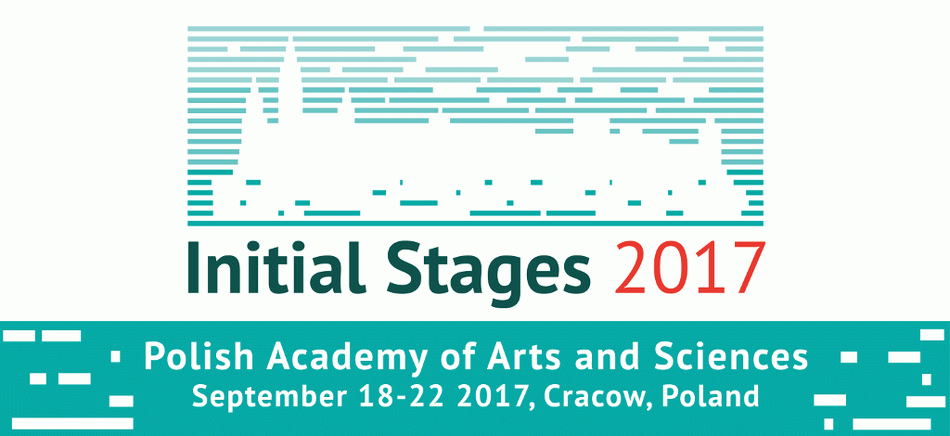Speakers
Description
Our presentation will be based on our recent paper [1].
We construct a new, simple model of the heavy ion collision, local in the impact parameter plane, and appropriate for the SPS energy range. This model can be regarded as a new realization of the ``fire-streak'' approach, originally applied to studies of lower energy nucleus-nucleus reactions.
Starting from local energy and momentum conservation, we nicely describe the
centrality dependence of the pion rapidity distribution in Pb+Pb collisions at $\sqrt{s_{NN}}=17.3$ GeV. In particular we also explain the broadening of
this distribution when going from central to peripheral collisions.
The results of our calculations are compared with SPS experimental data.
We discuss the resulting implications on the role of energy and momentum conservation for the early stages of the A+A collision, and for the dynamics of subsequent particle production.
A specific space-time picture emerges, where the longitudinal evolution of the system strongly depends on the position in the impact parameter (${b_x}$, ${b_y}$) plane. In non-central collisions we predict the existance of ``streams'' of excited matter moving very close to the spectator system in configuration $(x,y,z)$ space.
This picture is consistent with our earlier findings on the longitudinal evolution of the system as deduced from electromagnetic effects on charged pion directed flow [2], and can provide an explanation for specific low-$p_T$ phenomena seen in the fragmentation region of Pb+Pb collisions which we also address in this talk. We present our conclusions on the link between the initial stages of the A+A collision and the final state observables connected to strong and electromagnetic phenomena.
[1] A. Szczurek, M. Kiełbowicz and A. Rybicki,
Phys. Rev. C 95 (2017), 024908.
[2] A. Rybicki and A. Szczurek,
Phys. Rev. C 87 (2013), 054909.
